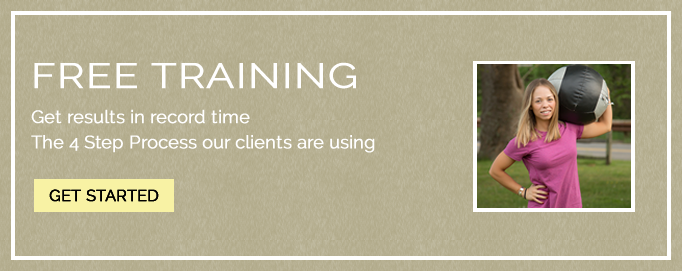Breath is essential to life. It is the first thing we do when we are born and the last thing we do before we die. In between that time we breathe and many times unaware. Learning to breathe consciously is the fourth limb of yoga. Deep breathing increases the supply of oxygen to the brain and stimulates the parasympathetic nervous system, which promotes a state of calmness. Breathing techniques help you feel connected to your body and quiets your mind.

The life span of an animal is proportional to the rate of their breathing. The tortoise which is known to live for more than 200 years breathes at the rate of 3-4 per minute! Whales breathe 6-7 times every minute and have an average life span of 100 years. Animals like rabbitswhich have faster respiratory rate have a shorter lifespan of 3 years. Practicing pranayama helps an individual breathe regularly therefor increasing his/her lifespan.
When you experience stressful thoughts, your sympathetic nervous is triggered, (your body’sfight-or-flight response) giving you energy to in order to respond to the perceived threat. Your breathing becomes shallow and rapid, andyou breathe from the chest and do not access the lower lungs. At the same time, your body produces a surge of hormones such as cortisol and epinephrine, which increase your blood pressure and pulse rate and put you in a revved up state of high alert. When activating the sympathetic nervous system becomes chronic this is when we begin to age quicker, accumulate body fat especially in the midsection and experience adrenal fatigue.

With deep breathing, you can reverse these symptoms instantly and create a sense of calmness in your mind and body. When you breathe deeply and slowly, you activate the parasympathetic nervous system, which reverses the stress response in your body. Deep breathing stimulates the main nerve in the parasympathetic nervous system, the vagus nerve which is responsible for slowing down your heart rate, lowering your blood pressure and calming your mind.
In addition, with deep breathing, you engage the abdominal muscles and diaphragm instead of the muscles in the upper chest and neck. This conditioning of the respiratory muscles results in improved efficiency of oxygen exchange with every breath by allowing more air exchange to occur in the lower lungs. In short, deep breathing is more relaxing and efficient, allowing higher volumes of oxygen to reach the body’s cells and tissues.
As well as reversing the physical stress response in the body, deep breathing can help calm and slow down the emotional turbulence in the mind. Breathing can have an immediate effect on diffusing emotional energy so there is less reactivity to our emotions.
A regular daily practice of deep breathing is one of the best tools to improve your health and feeling a sense of vitality and inner peace. Performing one of these breath techniques twice daily for only three to five minutes can produce long-term benefits. You can also use them any time you are feeling stressed. By training your body with a regular practice of deep breathing, you will begin to breathe more effectively without having to focus on it.
If you would like to learn more about the different types of breathing techniques come to Osterville Fitness this Saturday 11am-12:30!
Yours in health,
Nicole
References:
- Brown, RP, et al. Sudarshan Kriya yogic breathing in the treatment of stress, anxiety, and depression: part 1-neurophysiologic model. J Altern Complement Med 2005 Apr;11(2):383-4.
- Harvard Medical School. Harvard Health Publications. Stress Management: Approaches for preventing and reducing stress. May 2009.
- Brown, RP, et al. Yoga breathing, meditation, and longevity. Ann N Y Acad Sci 2009 Aug 1172:54-62.

